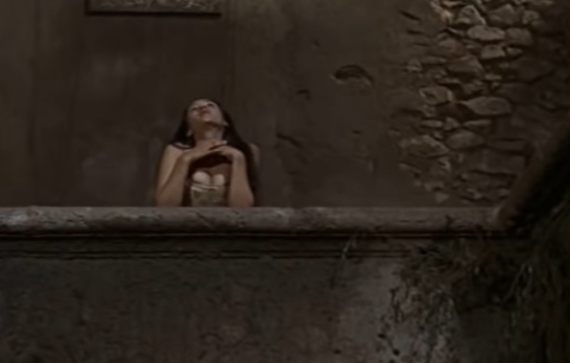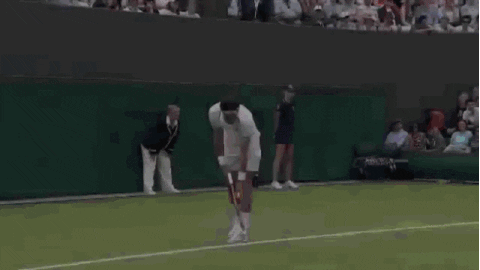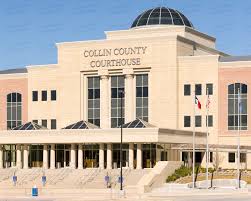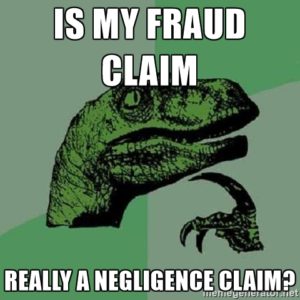What, you may be asking yourself, is a viatical settlement? A new securities opinion from the Dallas Court of Appeals provides the answer to that question, and in the process examines the scope of the Texas Securities Act. Life Partners, Inc. is in the business of buying life insurance policies and reselling interests in those policies to investors, transactions known as “life settlements” or “viatical settlements.” The purchasers of those policies are not told what Life Partners paid for them, and Life Partners remains the owner of the policies while holding them as the agent for the investors. Several of the company’s investors filed suit for violations of the TSA, alleging that the life settlements were actually investment contracts that qualified as securities under the TSA. The trial court court granted summary judgment for Life Partners.
The case turned on the question of whether the profits sought by the investors of these viatical settlements were derived “solely from the efforts of others,” one of the four factors for determining whether investment contracts qualify as securities under SEC v. W.J. Howey Co., 328 U.S.293 (1946) and Searsy v. Commercial Trading Corp., 560 S.W.2d 637 (Tex. 1977). After a detailed analysis of a line of cases holding that viatical settlements were not securities, the Court disagreed. Because the investors were dependent upon Life Investors for the evaluation and purchase of the policies, and because they were also required to rely on Life Investors for information about the insureds, the profits were indeed derived solely from the efforts of Life Partners. In so holding, the Court expressly disagreed with the Waco Court of Appeals, which had reached the opposite conclusion in a previous case, and instead followed rulings by the 11th Circuit, the Tyler Court of Appeals, and several courts in other states. In doing so, the Court rejected Life Partners’ argument that it was engaged in the business of selling insurance, which is exempted from regulation by the TSA. Finally, the Court determined that while the claims of the two lead plaintiffs were barred by limitations, some of the claims of two other plaintiffs had been timely filed and could proceed on remand to the trial court.
Given the split of authorities, this case would seem to be a candidate for review by the Texas Supreme Court. We’ll keep you updated if it proceeds in that direction.
Arnold v. Life Partners, Inc., No. 05-12-00092-CV
 Davis v. Homeowners of Am. addressed the enforceability of a contractual limitations period in an insurance policy.
Davis v. Homeowners of Am. addressed the enforceability of a contractual limitations period in an insurance policy.



















